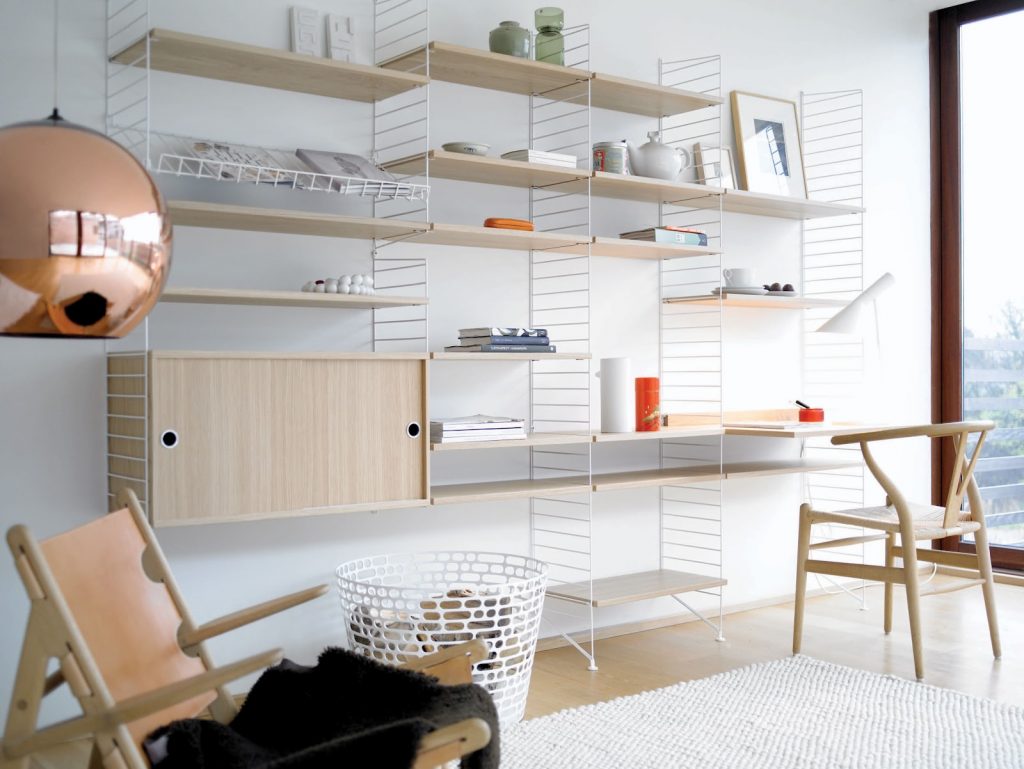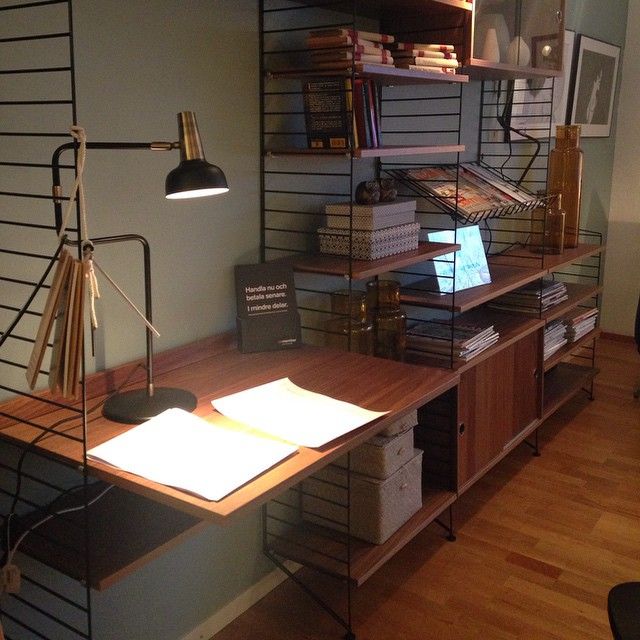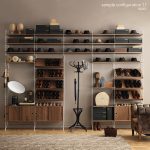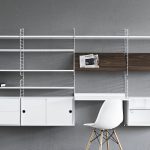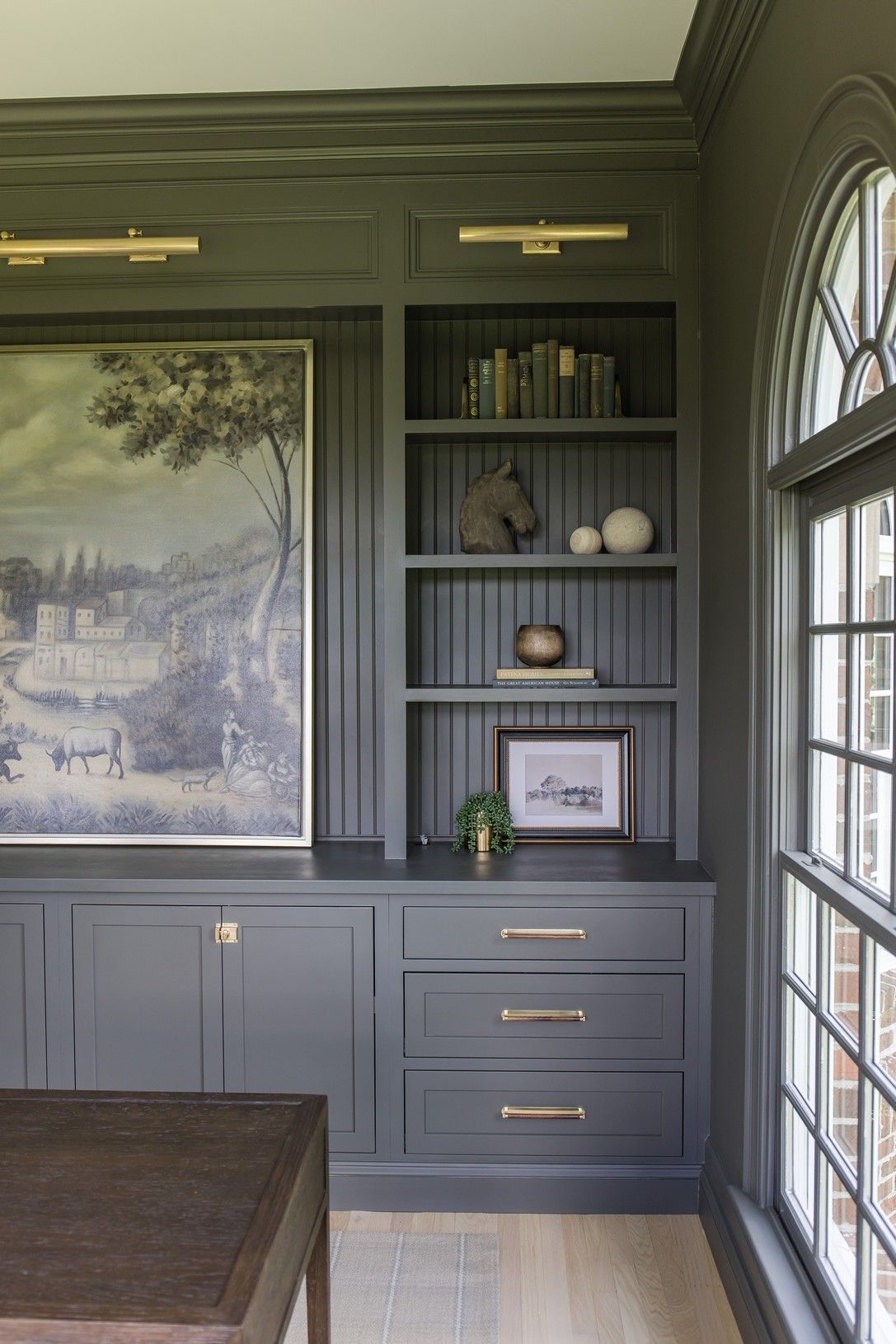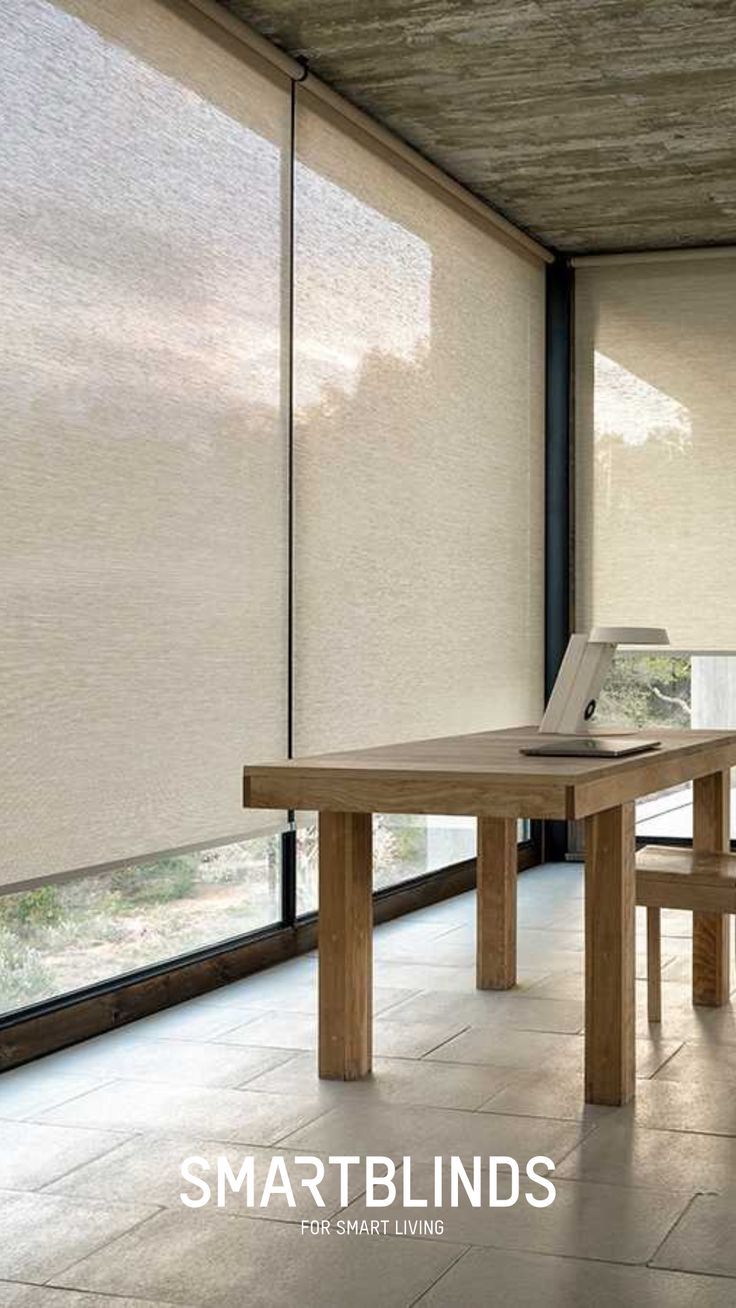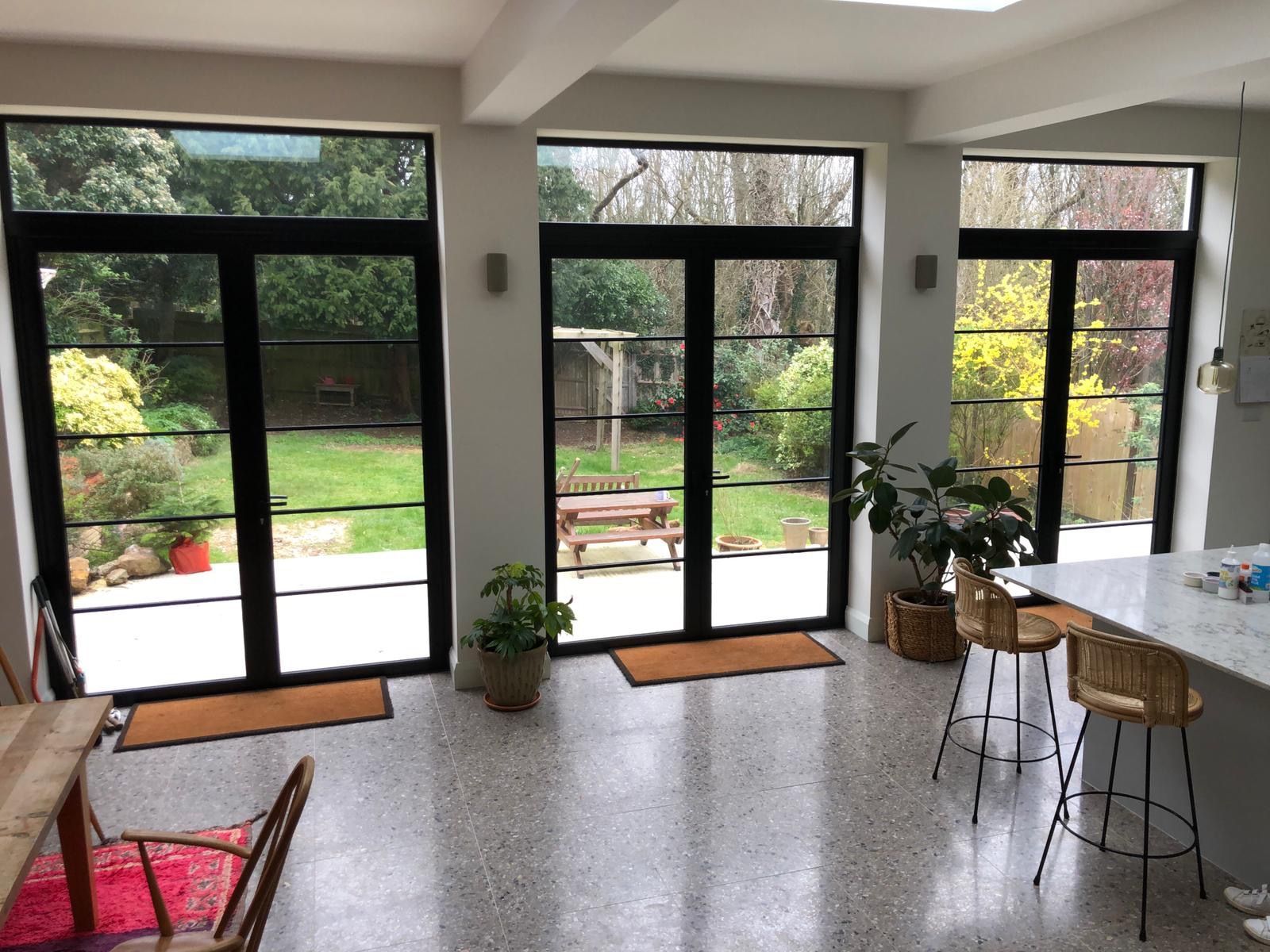String Shelving System – a shelving system goes around the world
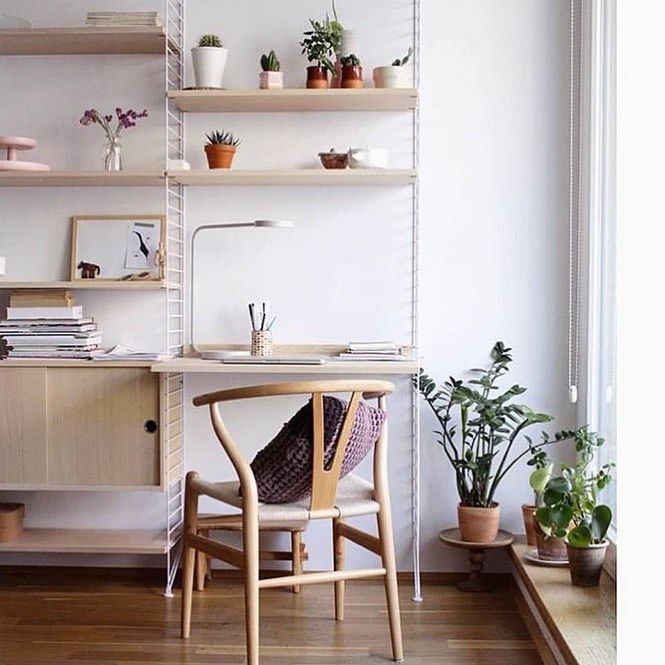
Lasse Strinning has been conquering the world since 1949 with the clever string system String, enriching offices, living rooms and children’s rooms around the world. The fact that even a design classic does not have to stand still is proven by numerous further developments of the well thought-out bestseller.
Even though man no longer has to go through the countryside like his ancestors as a hunter-gatherer, it still seems to give us an inbuilt drive, certain objects even without functional significance as memories or simply for their own sake own and long-term. Because beautiful travel souvenirs, memorabilia and rare collectibles are often displayed in front of guests in their own home, it is quite natural that in the living room usually no closed cabinets, but rather showcases and open shelves are used as pieces of furniture for the creation of storage space , As simple as the concept of a shelf with usually a frame and various shelves may seem at first glance, the various shelf designs that have developed especially in the course of the 20th century are so complex. A particularly central role in this category of furniture is the well-known string system String, which conquered the offices and private rooms right after the Second World War as a smart designer shelf and thus secured a permanent place in the fictional Hall of Fame of international furniture culture. Although it was certainly due to certain factors of the zeitgeist that this shelving system could find such a worldwide distribution, so still convinces the ever-minimalist concept of functional and optical modernist shelving system.
Scandinavian design
His outstanding position in the world of high-quality furniture culture is probably due to the shelving system because it has been reinvented time and time again, but has always remained faithful to its fundamental design principle to this day. The first string shelf was designed by the Swedish designer and architect Nisse Strinning, who studied architecture in Stockholm from 1940 to 1947. He translated architectural concepts of purism and functional minimalism into everyday objects and pieces of furniture. So he invented a shelving system in which the linear shaped shelves were held by a ladder-like, inconspicuous metal frame sideways. He became an icon of the “Scandinavian style” in the furniture industry, which is today known throughout the world for its uncomplicated genius.
The string shelving system – a classic with history
The first String Regal was launched in Europe in 1949 and hit the nerve of a post-war generation in rows, which seemed to yearn for order. In the style of modernism, the shelf in its basic structure is downright puristic. Exactly this is what many users appreciate, because with a string shelf on the wall no room seems overloaded or delivered. Rather, this convertible wall shelf creates storage space for beautiful and important things, without over-emphasizing yourself with its design. This was also recognized by the members of the jury, who selected Stringen’s design for the shelf in 1949 from a total of 194 international submissions and declared him the winner of the competition advertised by the publisher Bonniers. In the same year, the furniture company String was founded, which should manufacture and distribute the innovative shelving system in the future. Just one year after its founding, the hype about Nisse Strinning and its wall shelf got another boost when in 1950 the UN headquarters in New York was equipped with the shelving system. Founded by Nisse Strinning, the furniture brand quickly followed suit and introduced a follow-up and alternative model to the market in 1953, the String Plex series, where the shelves almost seemed to float between the almost invisible side panels made of durable Plexiglas. With a freestanding version, the already established wall shelf in 1953 also got a big brother, which should herald the expansion of the style principle into other areas of interior design. The high speed of the new developments and the constant development of the original version of the shelf made Nisse Strinning pay for the company: in 1954, the wall shelf was awarded a gold medal at the Triennale in Milan. A year later, it was also part of an exhibition entitled “h55” in Helsingborn. From today’s point of view, this marks the beginning of a development that is now referred to as the specifically “Swedish design”.
String today
Nowadays, the classic shelving system is available in different versions, in total there are four different product lines: String System, Plex, Pocket and Works. While the string system is still equipped with the characteristic metal ladders as side panels, these string plex items are replaced by plexiglas side panels, in the recesses of which insert shelves can be variably inserted. With the latter two, Nisse Strinning’s design principles, which continue to be true to this day, continue to offer its customers a range of compact wall shelves and an office furniture program.
